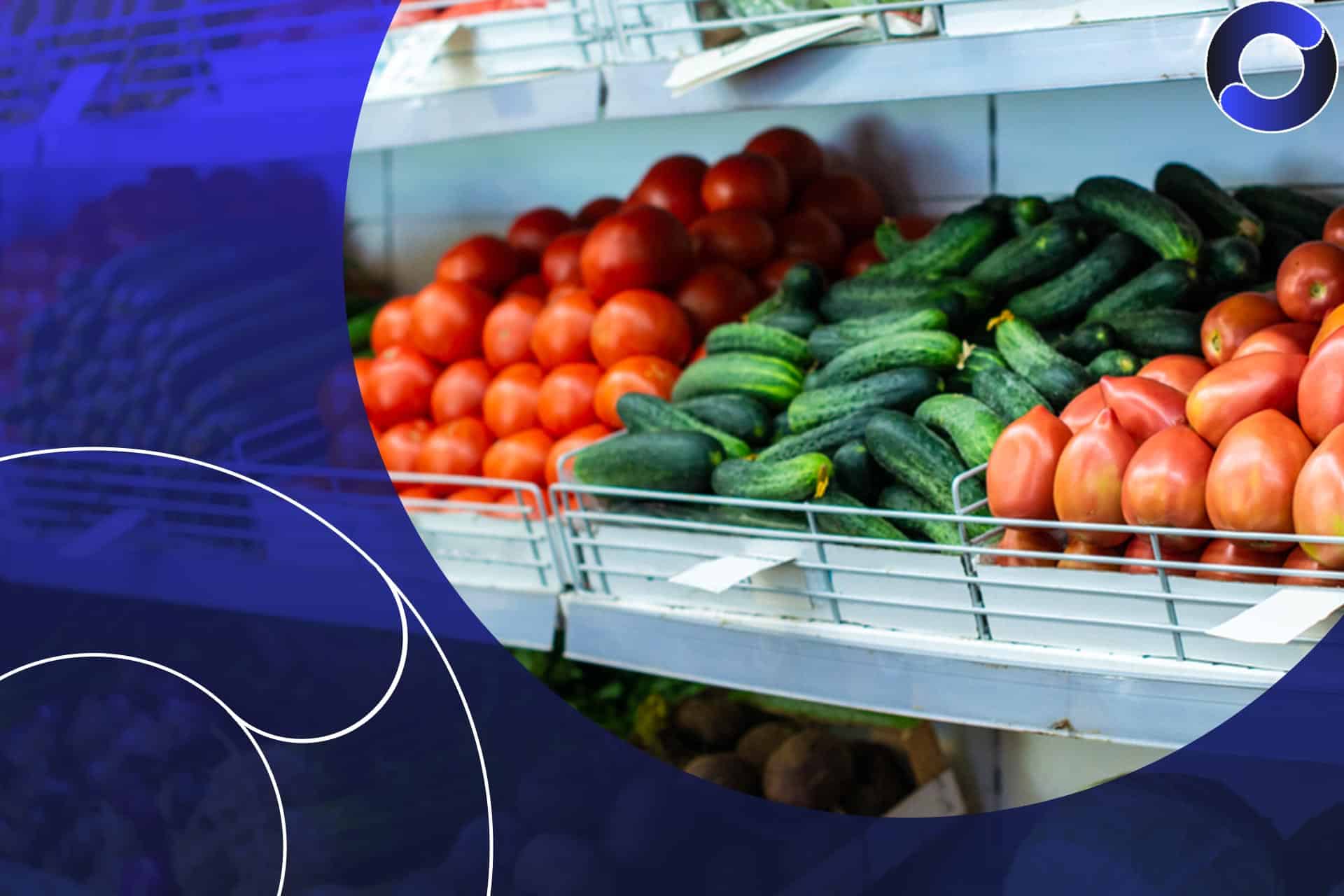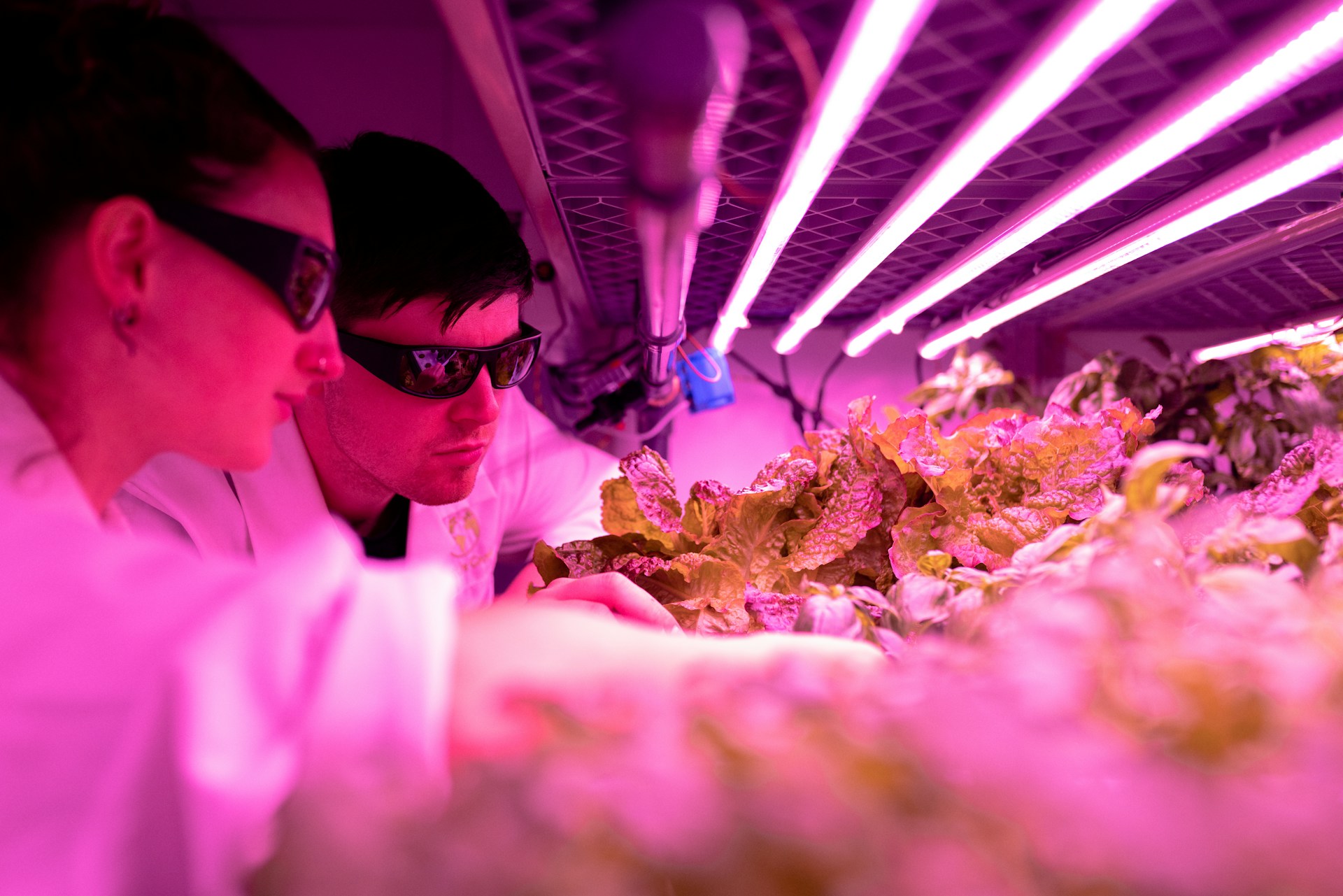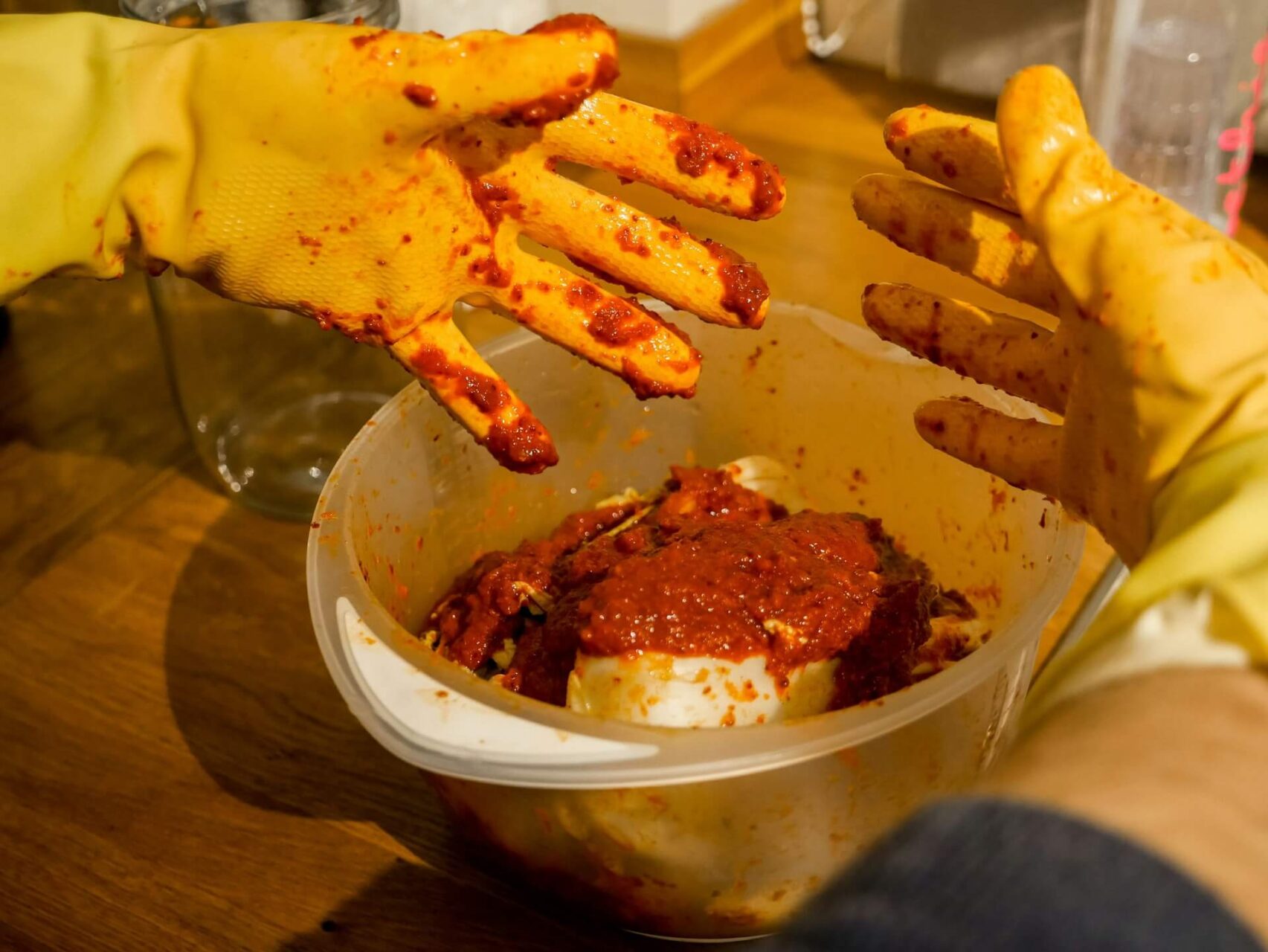
New Technology Could Be a Solution to Food Waste
November 29, 2018 - Emily Newton
Revolutionized is reader-supported. When you buy through links on our site, we may earn an affiliate commission. Learn more here.
We don’t think too much about the food in our fridge, at least until it starts to go bad. Food waste — either because of spoilage in the home or because it doesn’t fit the ideal image we’re used to seeing in the grocery store — is a bigger problem than most people realize. Technology is shaping and changing the food and agriculture industry, and a new emerging piece of tech might be the solution to food waste in general. What is this new technology and how could it change how we think of food waste?
Beyond the “Use By” Date
Manufacturers stamp every piece of food you buy, except for fresh produce with a “best-by” or “use-by” date. This is a guideline that is often more important for stores selling to consumers. By law, grocery stores can’t sell foods past their use-by date. However, in some instances, it’s actually safe to consume for months after it goes out of date. However, it’s important to do your research first.
The date stamped on food packaging is a problem when it comes to food waste. Upwards of 40 percent of packaged food in the United States gets tossed in the garbage once it goes out of date, regardless of whether it has gone bad yet or not. of that, 35 million tons of food waste is dumped in U.S. landfills each year, putting a strain on the environment. While it can be a good rule of thumb for foods that can easily generate bacteria, like raw meats and eggs, many other items don’t spoil as soon as they pass their best-by dates. They simply pass their peak quality point.
Technology Might Have the Solution to Food Waste
Wouldn’t it be easier to tell if your meat had gone bad if there was a sensor on your package? That’s what one microbiologist from the University of Tasmania is trying to create. A simple sensor on the package, when viewed under a black light, shows whether the meat has been contaminated with E. coli. The sensor is simple, cheap to produce and could potentially be included on every perishable food item if it is approved for use by the FDA in the United States.
This isn’t the perfect solution — it won’t work on foods like canned goods or dry goods that aren’t prone to E. coli growth. These tend to go stale or lose their taste, but don’t generally become dangerous to eat once they pass peak freshness. These sensors ideally could reduce the confusion surrounding sell-by and use-by labels. These sensors are still in their infancy, but they show great potential to help reduce food waste and make perishable foods safer for consumers.
Problems With Transportation
Transportation is always a problem when it comes to the agricultural industry. People love their meat, fish and poultry, but these products aren’t always available from local sources, fresh from the farm or the ocean. Technology is changing the way we transport our food and making sure that even if it isn’t fresh from the farm, it’s fresh enough to enjoy safely. Much of this is due to the Internet of Things.
The Internet of Things, or IoT, includes a network level and a physical layer. More simply it involves an internet-connected device that communicates with other connected devices on a network. Your phone, cable box, computer and smart fridge are all part of the IoT. These connected devices can also ensure the freshness of food. Unfortunately, most food companies don’t choose to utilize this technology that could prevent food waste while saving the companies money and increasing customer satisfaction.
These devices could be as simple as connected thermometers that monitor the temperature of the food while it is being transported. If one or more of these thermometers drop below the required transportation temperature, an alert can be sent to the driver or the freight company to let them know that there is a problem, so there will be no wasted food.
Food waste is an enormous problem, especially when there are so many people around the globe who don’t have access to healthy food. Globally, more than $1 trillion worth of food is wasted every single year. In fact, first-world countries waste more food than is produced in all of sub-Saharan Africa in an entire year.
New Innovations
Technology is quickly changing and shaping the way we grow, transport and package food — and soon it might keep our food fresher while it is being transported. Hopefully, more transport and food packaging companies will start to adopt these new technologies as a solution to food waste. Not only will they save money, have happier customers and ensure food is fresher when it arrives, but it will also help reduce the epidemic of food waste that is gripping our planet.
Revolutionized is reader-supported. When you buy through links on our site, we may earn an affiliate commission. Learn more here.
Author
Emily Newton
Emily Newton is a technology and industrial journalist and the Editor in Chief of Revolutionized. She manages the sites publishing schedule, SEO optimization and content strategy. Emily enjoys writing and researching articles about how technology is changing every industry. When she isn't working, Emily enjoys playing video games or curling up with a good book.







Sorry, but I guess this is not a new invention.This technology we have been using from the last 10 to 15 years.Plus more the transportation more the emission that creates pollution.so if we are trying to solve one problem (i.e food waste) we are indirectly generating the other one (i.e. emission)